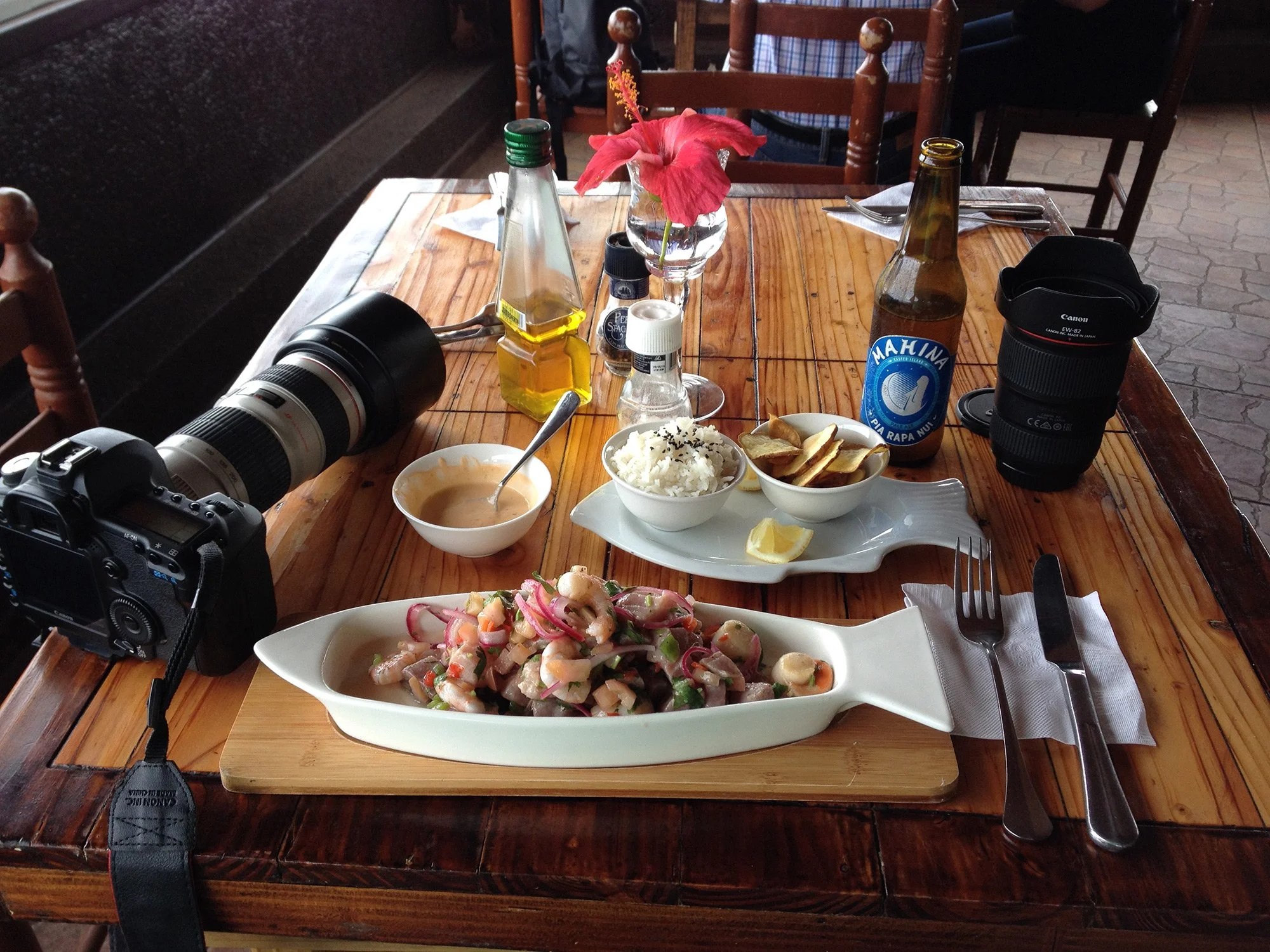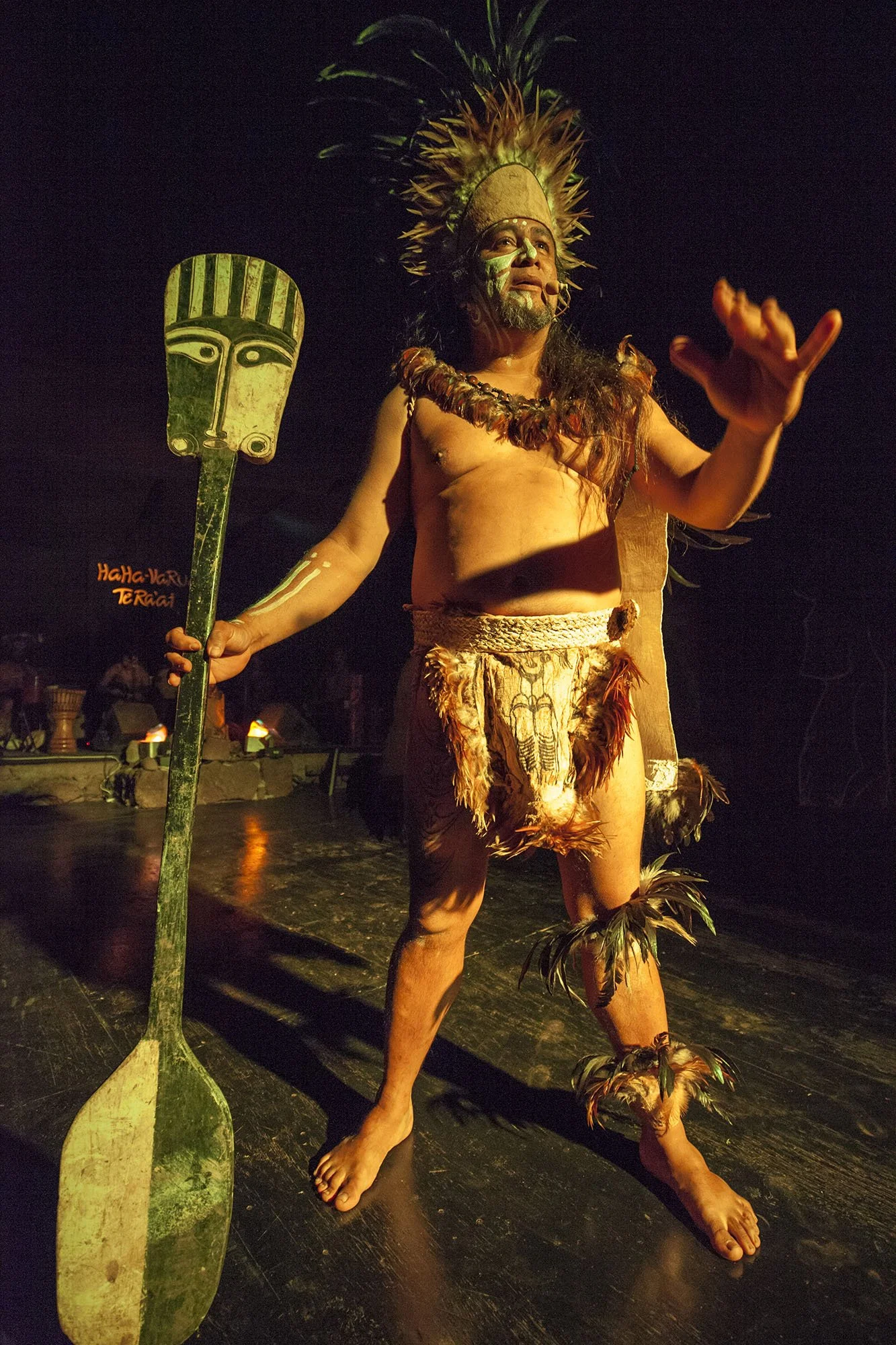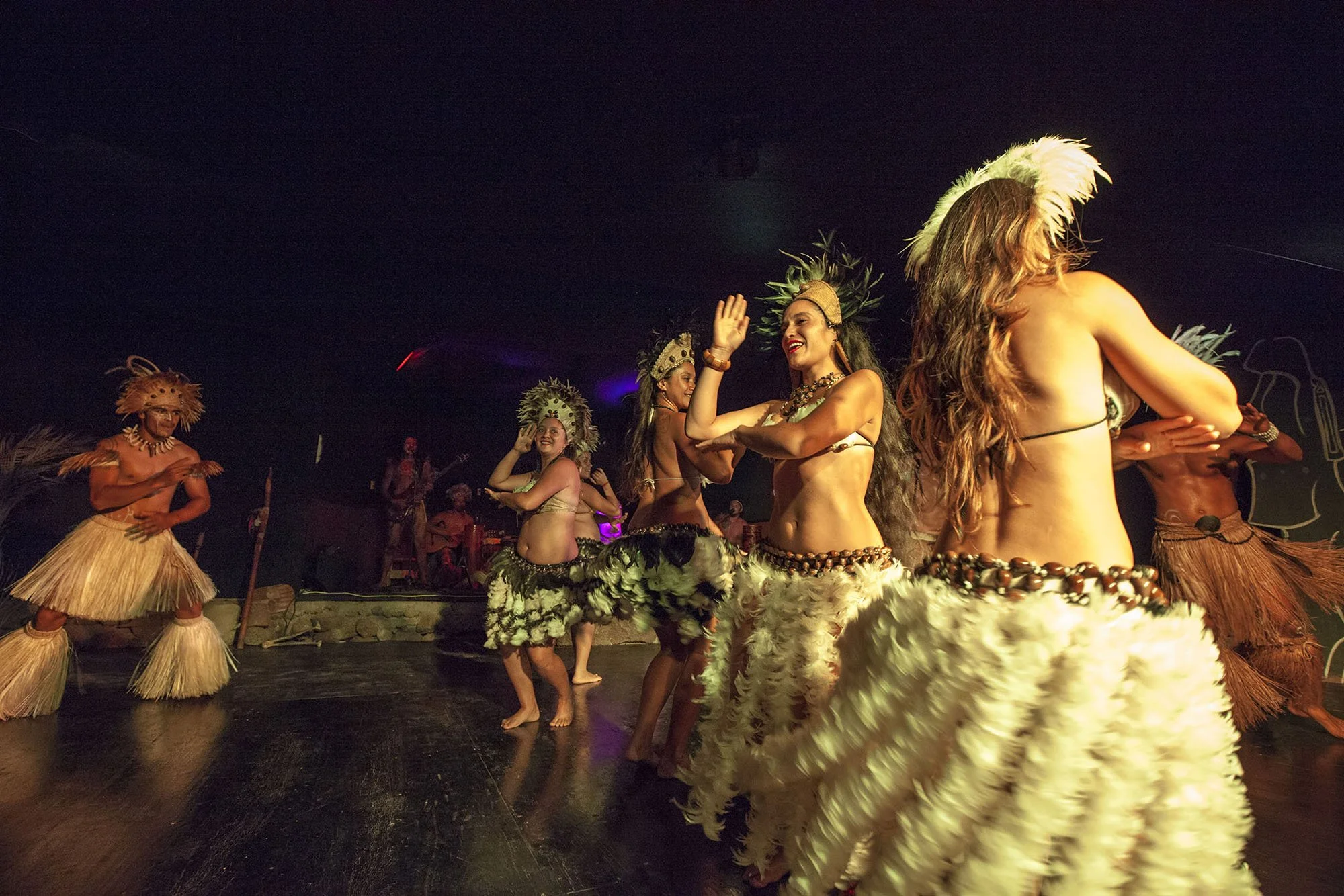
Easter Island
"In the middle of the Great Ocean, in a region where no one ever passes, there is a mysterious and isolated island; there is no land in the vicinity and, for more than eight hundred leagues in all directions, empty and moving vastness surrounds it. It is planted with tall, monstrous statues, the work of some now vanished race, and its past remains an enigma." - Pierre Loti
Easter Island is a Chilean island in the southeastern Pacific Ocean, at the southeastern most point of the Polynesian Triangle. Easter Island is famous for its 887 extant monumental statues, called moai, created by the early Rapa Nui people. In 1995, UNESCO named Easter Island a World Heritage Site, with much of the island protected within Rapa Nui National Park.
The name "Easter Island" was given by the island's first recorded European visitor, the Dutch explorer Jacob Roggeveen, who encountered it on Easter Sunday 1722. The island's official Spanish name, Isla de Pascua, also means "Easter Island", while the local population called it "Rapa Nui".
The Rapa Nui are Polynesian descendent's who, according to the most recent studies, arrived at the island some time around the 8th century. Legend has it that it was King Hotu Matu'a who first arrived here on a double-hulled canoe with his extended family; researchers believe they most likely came from the Marquesas, Cook, or Pitcairn islands. The population flourished and created a society characterized by a written language and megalithic art, including moais and petroglyphs. But it all went horribly wrong when the Rapa Nui deforested the island and population exploded, bringing about war and starvation. The first Europeans here found a culture in decline. Many were carted off to work on the guano islands in Peru in the 19th century or died in epidemics. Catholic missionaries came next and destroyed much of their cultural art, including their Rongo-Rongo written tablets; and experts have been unable to decipher the few that remain. Nevertheless, the Rapa Nui are experiencing a cultural renaissance, and they take great pride in their culture and native language, which they habitually speak among themselves, in addition to Spanish.
Of course, the island's famous Moai sculptures that stand like mute sentinels are the first thing that you'll think of when you picture Easter Island, but really there is so much more here: 20,000 archaeological sites, a rich culture of truly beautiful people, dramatic views of volcanic craters, scuba diving in crystalline waters, white-sand beaches, and that unmistakable hang-loose island vibe that makes you want to throw your agenda away after day one.











































